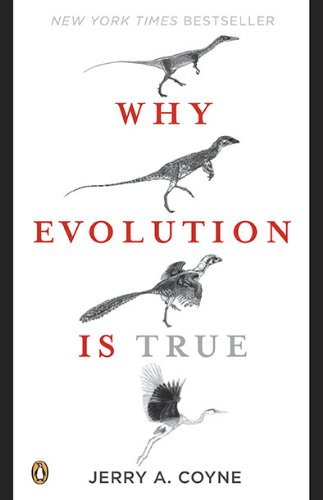Convergent Evolution in Cacti and Succulents
Let’s begin with one observation that strikes anyone who travels widely. If you go to two distant areas that have similar climate and terrain, you find different types of life. Take deserts. Many desert plants are succulents: they show an adaptive combination of traits that include large fleshy stems to store water, spines to deter predators, and small or missing leaves to reduce water loss. But different deserts have different types of succulents. In North and South America, the succulents are members of the cactus family. But in the deserts of Asia, Australia, and Africa, there are no native cacti, and the succulents belong to a completely different family, the euphorbs. You can tell the difference between the two types of succulents by their flowers and their sap, which is clear and watery in cacti but milky and bitter in euphorbs. Yet despite these fundamental differences, cacti and euphorbs can look very much alike. I have both types growing on my windowsill, and visitors can’t tell them apart without reading their tags.
Notes:
The two groups of species share many many traits, but they exist in completely different parts of the world, evolving separately, but converging to be almost interchangeable.
Folksonomies: evolution convergent evolution convergence
Taxonomies:
/home and garden (0.824509)
/hobbies and interests/reading (0.352332)
/home and garden/gardening and landscaping/landscaping (0.348449)
Keywords:
succulents (0.953377 (positive:0.265295)), completely different parts (0.819184 (neutral:0.000000)), large fleshy stems (0.814941 (negative:-0.461744)), native cacti (0.683259 (negative:-0.257848)), Convergent Evolution (0.652085 (positive:0.348817)), different deserts (0.649962 (negative:-0.371192)), distant areas (0.635612 (neutral:0.000000)), similar climate (0.626321 (neutral:0.000000)), desert plants (0.618407 (negative:-0.544365)), adaptive combination (0.617103 (positive:0.335457)), cactus family (0.603326 (neutral:0.000000)), South America (0.601479 (neutral:0.000000)), water loss (0.597678 (negative:-0.823114)), different types (0.591633 (neutral:0.000000)), fundamental differences (0.590879 (positive:0.437108)), different family (0.577573 (positive:0.272856)), traits (0.508093 (positive:0.342137)), euphorbs (0.505539 (negative:-0.034342)), windowsill (0.459644 (neutral:0.000000)), observation (0.451855 (negative:-0.397544)), predators (0.446298 (negative:-0.580006)), terrain (0.445170 (neutral:0.000000)), groups (0.443409 (positive:0.348817)), species (0.443369 (positive:0.348817)), world (0.443070 (neutral:0.000000)), life (0.440856 (neutral:0.000000)), leaves (0.440546 (negative:-0.823114)), sap (0.440467 (positive:0.239193)), tags (0.438499 (neutral:0.000000)), members (0.438188 (neutral:0.000000))
Entities:
cactus family:Organization (0.848688 (neutral:0.000000)), South America:Continent (0.734789 (neutral:0.000000)), sap:Company (0.718112 (positive:0.239193)), Asia:Continent (0.703192 (neutral:0.000000)), Africa:Continent (0.695691 (negative:-0.223489)), Australia:Country (0.633944 (neutral:0.000000))
Concepts:
Cactus (0.970953): dbpedia | freebase | opencyc
Precipitation (0.947139): dbpedia | freebase
Difference (0.920905): dbpedia
Succulent plant (0.840437): dbpedia | freebase
Plant stem (0.732862): dbpedia | freebase
Earth (0.719255): dbpedia | freebase





